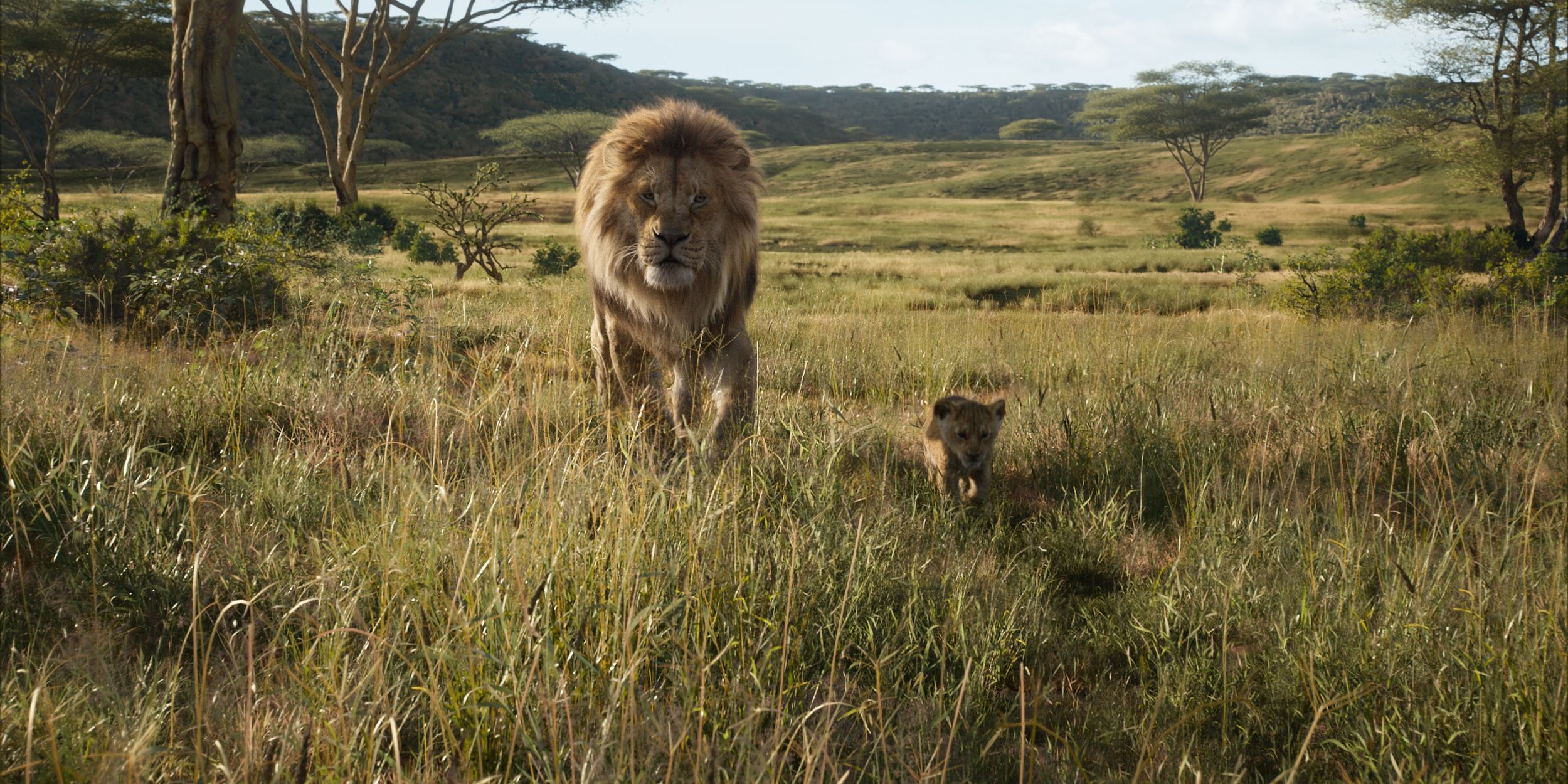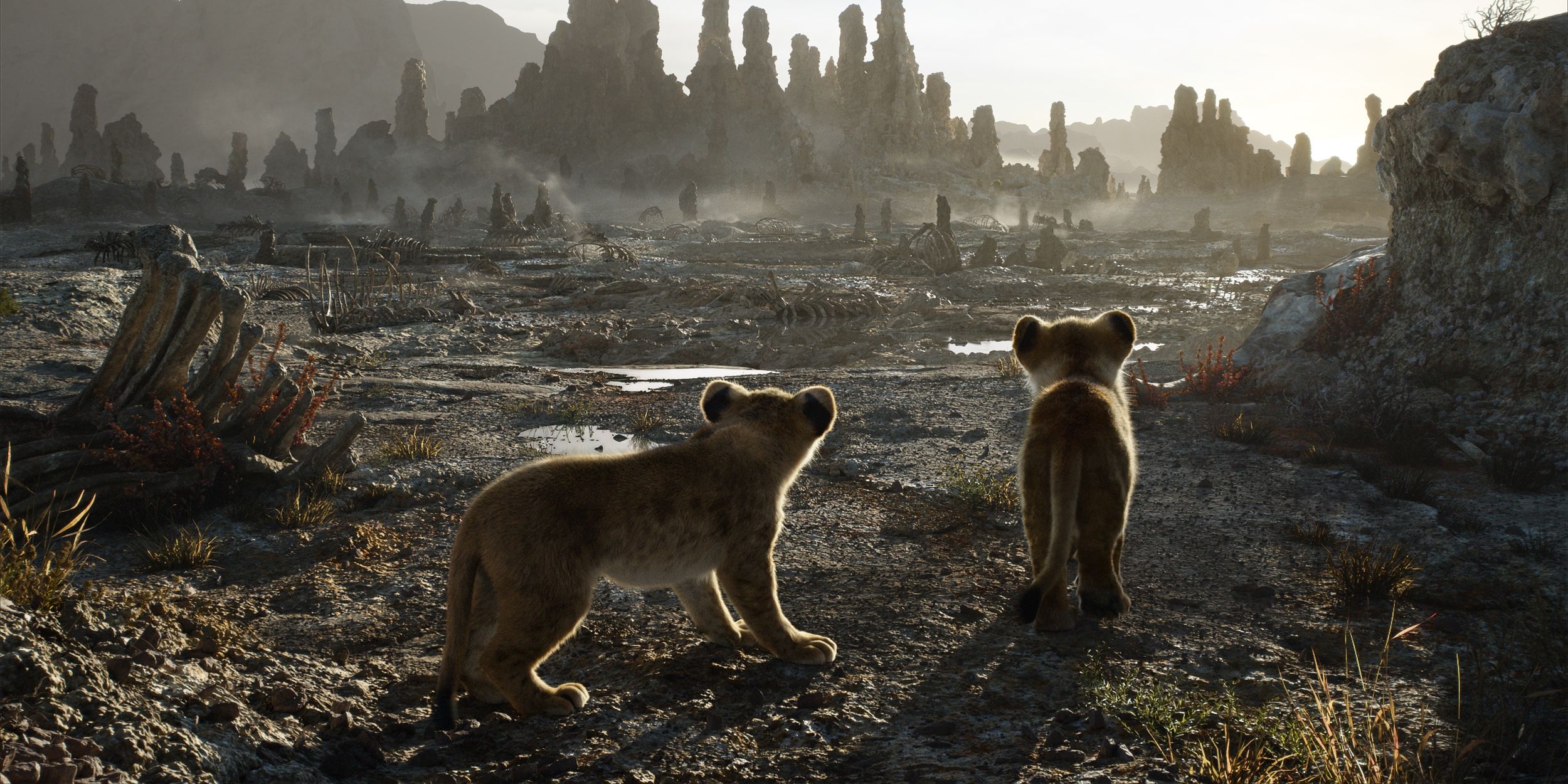As Disney’s The Lion King remake sweeps across theaters worldwide, one of its most memorable aspects is the stunning animation. Thanks to extensive location scouting and cutting-edge virtual reality tech, animators and visual effects artists were able to craft a world so real that audiences felt they were actually part of it.
That’s no coincidence, seeing as those same animators had to be part of the VR simulation while they were building the sets and designs for The Lion King. During an early set visit to the soundstage of Disney’s latest hit, we learned just how painstaking the process of creating Simba’s savannah really was.
Visual effects supervisor Rob Legato is no stranger to complicated universes, having previously worked not only on The Jungle Book but also Avatar. He was adamant about emphasizing the human imprint in his work, which is why the immersive aspect of the VR technology was so important. “My problem with doing visual effects from the beginning is it’s so impersonal,” he admitted. “And it’s such a long process that you don’t get an emotional reaction for something you do on a stage.”
The Lion King had to start from a different place in order for the final product to feel as close to the real world as possible. Instead of starting out with a predetermined storyboard that the animators and visual effect artists assembled according to plan, Legato’s team got to explore the virtual space first. “Here you can be an open channel and walk around and go, ‘This is a much cooler idea then I was going to do. Let’s put the animals over here,’ or the actors or whatever your new situation is.”
What separates lifeless visuals from the warmth that imbues our cinematic classics is the artistic personality that creators invest into them. And a lot of that personality stems from the improvisational work done beforehand, which is something Legato holds in high esteem. “You want the rubbing off your idea on somebody else’s idea,” the visual effects supervisor expounded. “Them not understanding it and doing what they thought you meant."
Such interpersonal communication was aided immensely by The Lion King’s VR system, which had the capacity to allow multiple people in who could then be directed through the simulation. The process was similar to the ones employed on his previous work, which is one of the reasons Avatar is still lauded as a visual masterpiece a decade later. Considering the success all three movies have seen, it’s no surprise that other studios would like to replicate it.
Two and a half years may seem like a long time to create a film that's all visual effects, but it's the time The Lion King needed to get its new form of animation right. Not only has it rung up $1 billion worldwide and counting, it’s also provided a way to change filmmaking as we know it. Now we just have to wait for the day our personal VR games feel as real as the movies we watch that employ their own.


